Estimated reading time 14 minutes, 2 seconds.
Four individuals, including a First and Second World War Royal Canadian Air Force (RCAF) member, and an RCAF air demonstration team will be recognized by Canada’s Aviation Hall of Fame (CAHF) in 2020.

“In 2020, Canada’s Aviation Hall of Fame will honour four Canadians and one organization for outstanding contributions to aviation,” said Rod Sheridan, chairman of the board for the CAHF.
“This year’s inductees are Clifford MacKay McEwen, a fighter pilot from the First and Second World Wars; Joseph D. Randell, a leader in Canadian commercial aviation; Shirley Render, author, historian and champion of Canada’s aviation heritage; and Canadian astronaut Bjarni Trygvasson. I am also pleased to announce that the Red Knight, the Royal Canadian Air Force’s solo demonstration team between 1958 and 1969, will receive the Belt of Orion [Award of Excellence].”
The awards will be presented at the Hall of Fame’s annual gala induction dinner and ceremony to be held in Calgary, Alta., on June 4, 2020.
The 2020 inductions will be the 47th annual celebration of aviation accomplishment and will bring to 242 the number of Canadians who have been installed as members of the CAHF. In addition, 24 organizations will have been honored for their contributions by receiving the Belt of Orion Award of Excellence.
Canada’s Aviation Hall of Fame is located at the Reynolds-Alberta Museum in Wetaskiwin, Alta.
Hall of Fame inductees

Clifford MacKay McEwen, MC, DFC and Bar
Born in Griswald, Man., in 1898, Clifford MacKay McEwen enlisted with the Canadian Expeditionary Force in 1916 before transferring to the Royal Flying Corps. He flew the majority of his war in Italy, distinguishing himself as a scout pilot. McEwen then joined the fledgling Canadian Air Force in England and remained in uniform after war’s end, serving as part of the Air Board and the inter-war Royal Canadian Air Force.
Holding the rank of group captain when war again broke out, McEwen was promoted to the rank of air commodore working to establish Canadian authority over aerial operations in the north-west Atlantic while conducting anti-submarine warfare. A disciplined leader, he was transferred to England and further promoted to air vice-marshal, taking command of 6 (RCAF) Group, part of Bomber Command. Facing low morale and lacklustre performance, McEwen instituted a rigorous training regimen that achieved results; by the end of 1944, 6 Group was considered a premier force, sustaining the fewest losses of the heavy bomber groups. In recognition of his outstanding leadership, McEwen was appointed command of the RCAF’s contribution to Tiger Force in preparation for the Pacific theatre.
McEwen supported veterans’ causes in his postwar career, working with both the Royal Canadian Legion and the Last Post Fund. He died in Toronto in 1967, having made a lasting mark on Canadian aviation.

Joseph D. Randell
President and chief executive officer of Chorus Aviation Inc., Joseph Randell was born in Curling, N.L., in 1954. He has been devoted to Canadian aviation, and the regional airline market especially, for more than three decades. In 1984, Randell pursued an MBA that examined the airline industry–work that led to the founding of Air Nova two years later.
Recognizing that Canada’s vast geography was ideally suited to regional carriers, his company, which had previously relied on a fleet of turboprop aircraft, pioneered the use of regional jets. Success with Air Nova led to its eventual purchase by Air Canada, after which he oversaw a series of regional carrier mergers. In 2002, having overcome significant regulatory challenges, Air Canada Jazz was launched. A successful re-organization stemming from Air Canada’s filing for bankruptcy protection soon followed and, in 2006, Jazz was brought public.
Re-negotiation of its relationship with Air Canada has continued apace, as has the airline’s profitability. Chorus Aviation, Randell’s next venture, which acquired the regional operation Voyageur Airways in 2015, has become a global player in aircraft leasing. A widely respected leader in Canadian aviation, Randell is a strong supporter of his alma mater, Dalhousie University, and his professional and philanthropic support for the aviation and broader community more generally has earned him well deserved awards of recognition.
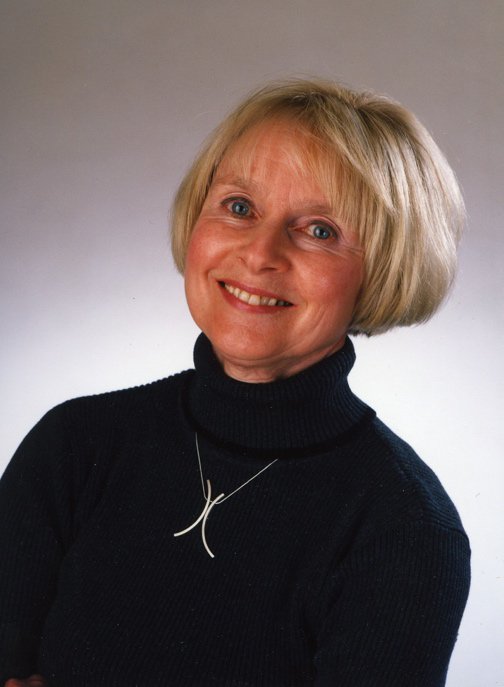
Shirley Linda Render
One of Canada’s foremost aviation historians and a leader in the stewardship of this country’s aviation heritage, Shirley Render, born 1943 in Winnipeg, Man., earned her wings in 1973 and shortly after began volunteering at the Western Canada Aviation Museum.
Soon, Render was sitting on the museum’s board, writing for and editing its quarterly magazine, and curating its exhibits. After earning an MA in history, she undertook two influential books: No Place for a Lady, the first on Canada’s women pilots, and Double Cross, about James A. Richardson and his importance to Canadian aviation. Render held multiple positions of leadership at the museum and was critical to its growth. In 1990, she entered politics, being elected as the member of the Legislative Assembly for St. Vital. She served as legislative assistant to Premier Gary Filmon and as minister of consumer and corporate affairs.
With the museum in difficulty, Render, no longer in government, was asked to return as executive director and curator in 2002. Her leadership, which has been recognized with her appointment as executive director emeritus, helped revitalize the museum, a process that culminated in its re-designation as the Royal Aviation Museum of Western Canada. A recipient of the Queen Elizabeth II Diamond Jubilee Medal, a YM-YW Women of Distinction Award, and a University of Winnipeg Distinguished Alumni Award, among many others, Render is a role model for young people across Canada.

Bjarni Valdimar Tryggvason
Bjarni Tryggvason was born in Reykjavik, Iceland in 1945. Captivated by aviation at a young age, in Richmond, B.C., he joined the Royal Canadian Air Cadets and earned his commercial pilot wings by age 20. He has been involved in Canadian aviation ever since.
Tryggvason completed a degree in engineering physics and, despite his goal to become a commercial airline pilot, he accepted a position with the Atmospheric Environmental Service. His work as a researcher then took him to the University of Western Ontario, at the Boundary Layer Wind Tunnel, and to Kyoto, Japan, and North Queensland, Australia. Keen to add to his piloting skills, he earned his instructor rating. In 1982, Tryggvason joined the National Research Council’s Low Speed Aerodynamics Laboratory. A year later he applied for and was accepted to Canada’s first astronaut corps.
With the NRC and the Canadian Space Agency, he helped design and develop satellites and fluid dynamics projects, but his primary focus was vibration isolation systems. In 1997, as part of STS-85, Tryggvason served as payload specialist aboard the shuttle Discovery. Since returning to earth, he has remained active in Canadian aviation. But, having been at the forefront of Canada’s aerospace program, this more recent work involves Canada’s aviation heritage and the flying of vintage aircraft, notably his 2009 flight of the replica Silver Dart — the first powered, heavier-than-air aircraft to fly in Canadian skies.
Belt of Orion inductee
The Red Knight
The RCAF Training Command’s solo performer between 1958 and 1969, the Red Knight flew more than 600 air show appearances — making it second only to the Snowbirds for the number of performances flown by a military aerobatic display team.
During its 12-year run, seventeen different pilots flew as the Red Knight, beginning with Roy Windover, an RCAF Central Flying School instructor. Equipped with their venerable Canadair CT-133 Silver Star (T-33 T-Bird), and later with Canadair CT-114 Tutors, decked out in Day-Glo red, various Knights flew alongside the Golden Hawks and the Golden Centennaires. But the solo display is best remembered for performing in smaller communities with venues unable to accommodate larger established teams.
Notably, all the Red Knight’s manoeuvres were performed within the airfield’s boundaries. All told, the team performed in each of Canada’s 10 provinces and in the Yukon. It also made appearances in the Bahamas and in the United States, flying in Alaska, Kansas, Michigan, Minnesota, Nevada, New York, Pennsylvania, and Washington. The Red Knight was awarded the Centennial Medal in 1967. As a testament to its lasting impact, and as a tribute to the influence of the Red Knight’s displays, the team’s distinctive paint scheme has been revived by civilian operations across North America.
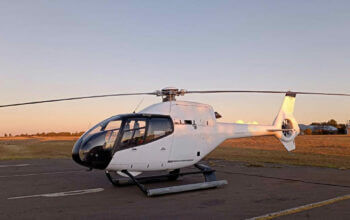

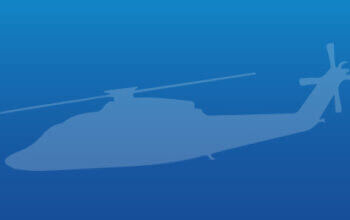
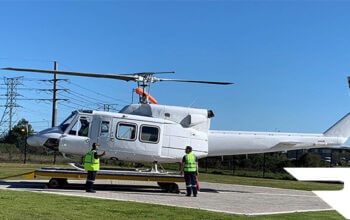
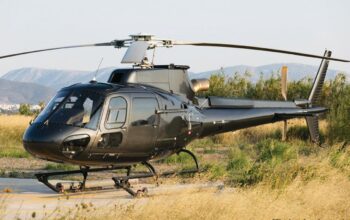
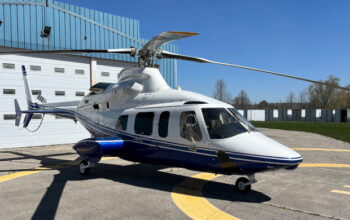

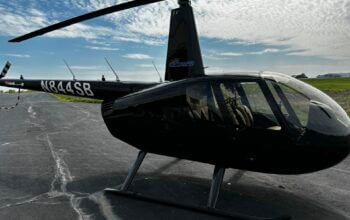

I was asked if I would be Master of Ceremonies for the unveiling of this prestigious Red Knight – CT133 on 30 June 2019.